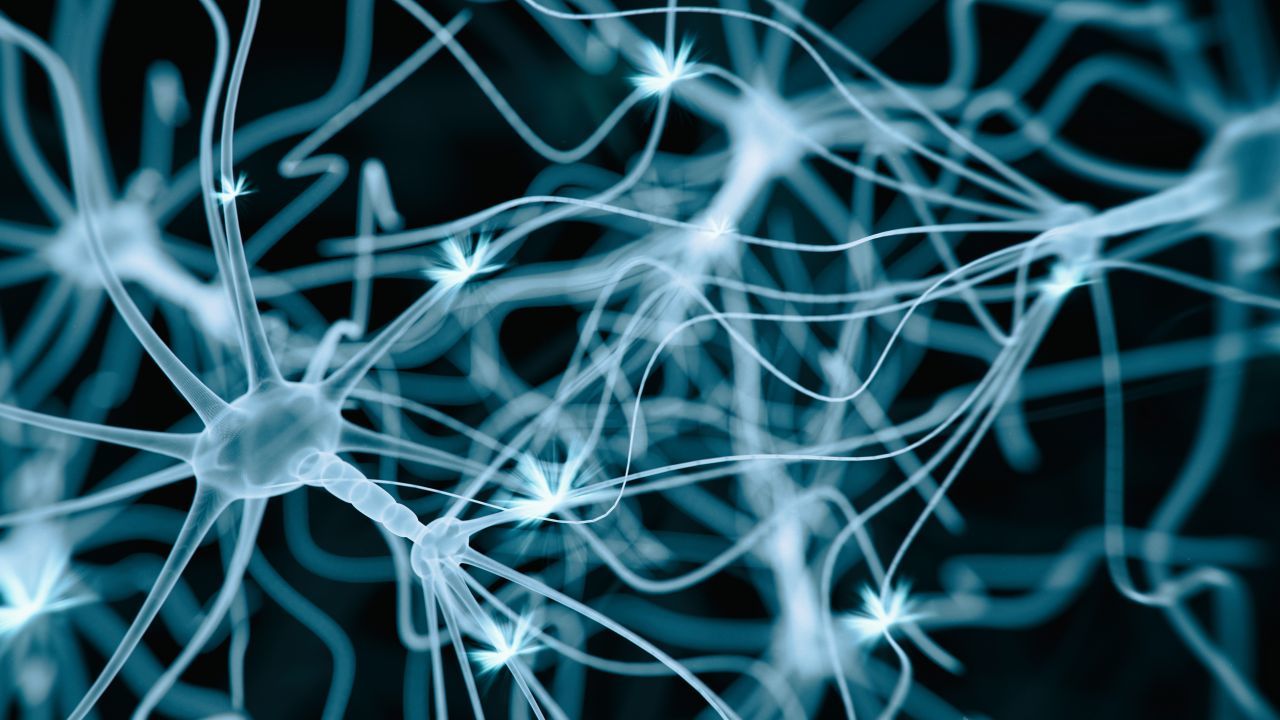New AI model helps discover causes of motor neuron disease
UK scientists have developed a new machine learning model for the discovery of genetic risk factors for diseases such as Motor Neuron Disease (MND). 
Designed by researchers from the University of Sheffield in Sheffield, South Yorkshire, England, and the Stanford University School of Medicine in the US, the machine learning tool, named RefMap, has already been utilized by the team to discover 690 risk genes for motor neuron disease, many of which are discoveries.
One of the genes highlighted as a new MND gene, called KANK1, has been shown by the team to produce neurotoxicity in human neurons very similar to that observed in the brains of patients. Although at an early stage, this is potentially a new target for the design of new drugs.
Dr. Johnathan Cooper-Knock, from the University of Sheffield’s Neuroscience Institute, said: “This new tool will help us to understand and profile the genetic basis of MND. Using this model we have already seen a dramatic increase in the number of risk genes for MND, from approximately 15 to 690.
“Each new risk gene discovered is a potential target for the development of new treatments for MND and could also pave the way for genetic testing for families to work out their risk of disease.”
The 690 new genes identified by RefMap lead to a five-fold increase in discovered heritability, a measure that describes how much of the disease is due to a variation in genetic factors.
“RefMap identifies risk genes by integrating genetic and epigenetic data. It is a generic tool and we are applying it to more diseases in the lab,” Sai Zhang, Ph.D., instructor of genetics at the Stanford University School of Medicine said.
Michael Snyder, Ph.D., professor and chair of the department of genetics at the Stanford School of Medicine and also the corresponding author of this work added: “By doing machine learning for genome analysis, we are discovering more hidden genes for human complex diseases such as MND, which will eventually power personalized treatment and intervention.”

 How to resolve AdBlock issue?
How to resolve AdBlock issue?